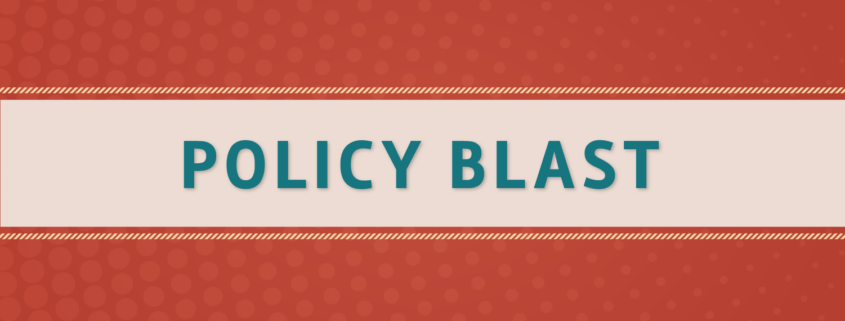VA Issues Proposed Rule on the Pilot Program on Graduate Medical Education and Residency
On February 4, 2022 the Department of Veterans Affairs (VA) issued a proposed rule to revise its medical regulations to establish a new pilot program on graduate medical education and residency (PPGMER). The proposed rule would implement the PPGMER to place residents in existing or new residency programs in covered facilities, as required by section 403 of the MISSION Act of 2018 (Public Law 115-182). In addition, Section 403 requires that placement of pilot program residents be prioritized in Indian Health Service facilities, Indian tribal or tribal organization facilities, certain underserved VA facilities, or other covered facilities. VA is inviting invites public comments on the PPGMER by April 5, 2022.
The PPGMER and Proposed Structure and Operating Procedures
VA anticipates that the PPGMER will operate under the same basic structure as its current Graduate Medical Education (GME) program. In VA’s GME program, VA provides for resident positions to be filled in VA facilities but does not place residents itself. To provide for the education of residents, VA forms academic affiliations with sponsoring institutions and enters into other agreements to delineate funding of residency program educational costs and the resident stipend and benefits costs. Accordingly, for the PPGMER VA plans to form agreements with sponsoring institutions and the covered facilities in which residents would be placed.
VA proposes to place residents through a request for proposal (RFP) process. The process will begin by VA Central Office issuing an RFP to VA health care facilities to announce PPGMER placement opportunities. VA health care facilities would then work in collaboration with covered facilities to submit responses to the RFP to VA Central Office. Only VA health care facilities will be permitted to submit responses to the RFP. VA Central Office will then evaluate the responses to the RFP from VA health care facilities and determine which covered facilities will receive residents.
VA will evaluate several factors when determining which covered facilities receive residents: the ratio of veterans to VA providers in a county, the range of clinical specialties of VA and non-VA providers in an area, whether a provider in a covered facility is included in a specialty in the most recent VA staffing shortage determination, whether the covered facility is located in a community with an underserved VA facility, if the covered facility is located in a Health Professional Shortage Area, or in a rural or remote area. The VA will also take into consideration other factors like the distance between a covered facility and the closest VA facility, and the ability of the program to maintain a sustainable residency program.
As part of the pilot program, the MISSION Act authorizes the VA to pay residents stipends and benefits at non-VA facilities along with the educational costs associated with their training, while in the program. Covered costs may include certain startup costs of new residency programs. As part of their training residents may treat non-veteran patients. The law requires prioritization of placement of residents in facilities operated by the Indian Health Service, American Indian tribes, or tribal organizations, as well as certain underserved VA facilities and other covered facilities.
Need for UIO Providers
As with other facilities in the Indian Health Service, Tribal, and Urban (I/T/U) system, UIOs are suffering from staffing shortages. While the Indian Health Professions Program has had great success in assisting AI/AN programs to recruit and retain health care providers, IHS reports that it cannot fund all of the loan scholarship applicants. Access to residents funded by the PPGMER could assist UIOs in addressing these staffing shortages. Inclusion of UIOs in this program would be especially appropriate given the services which UIOs provide to AI/AN veterans. Many AI/AN veterans often prefer to obtain health care service through UIOs because they provide culturally competent care, shorter wait times, community and family relations, and shorter distance to travel.
Because of these factors, NCUIH believes that the PPGMER could be a valuable opportunity to serve the AI/AN veteran population and ease staffing shortages. NCUIH encourages UIO leaders to submit written comments to VA regarding this program, UIOs’ interest in participating, and the importance of VA considering inclusion of UIOs as covered facilities for placement of residents in the proposed regulations.





Leave a Reply
Want to join the discussion?Feel free to contribute!